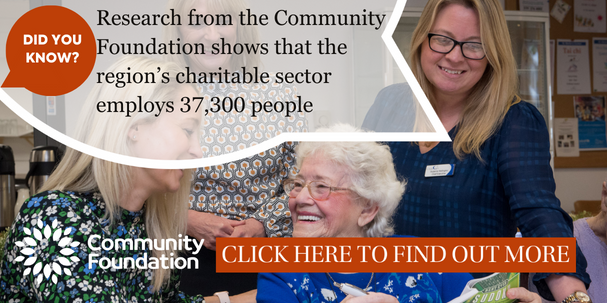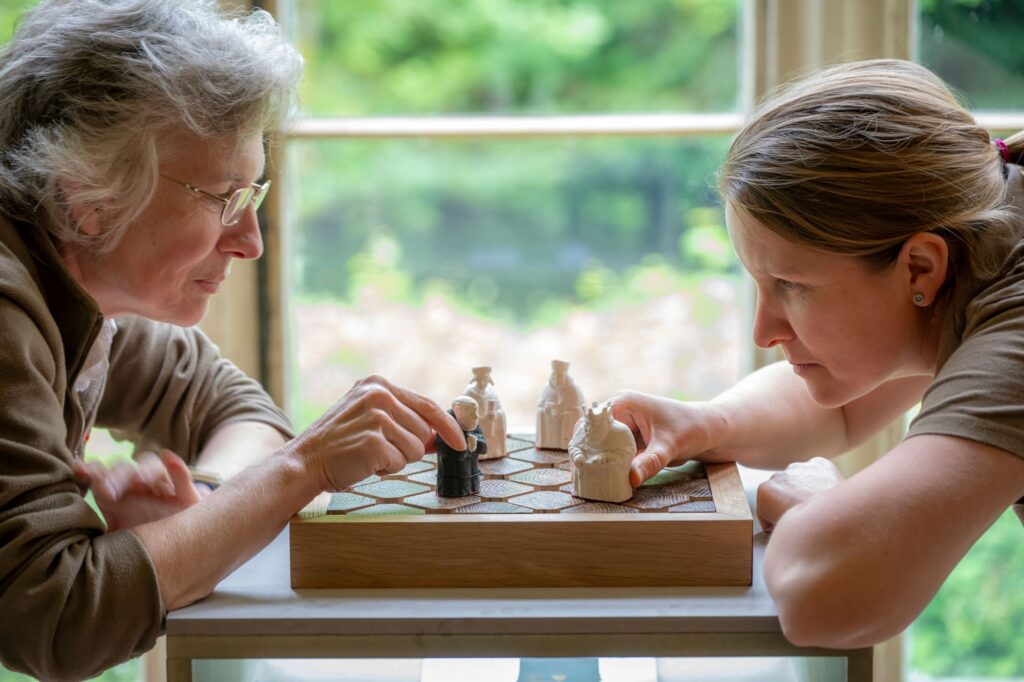
Architects and designers have combined to create artworks which have gone on show in an empty historic house in Northumberland.
The Material & Memory exhibition is inspired by Brinkburn Priory and Manor House, set in a secluded loop of the River Coquet near Rothbury and which is in the care of English Heritage.
The creators, who are tutors and researchers at Northumbria University School of Design and Department of Architecture, have been inspired by the Brinkburn site, which dates to the 12th century.
After falling into ruin, the priory church was restored and the house rebuilt in the 19th century.
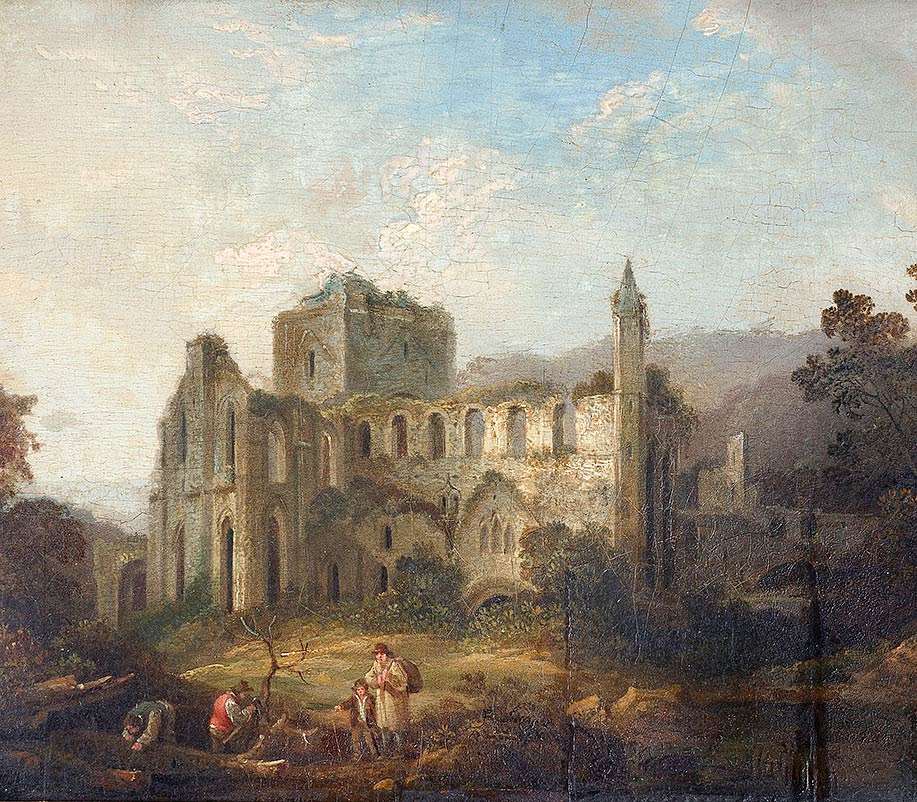
The exhibition is part of an ongoing collaboration between English Heritage and designers at Northumbria University, building on the success of a similar exhibition at Aydon Castle near Corbridge, which saw the display of contemporary design objects created in response to the history and atmosphere of the fortified manor house.
The Brinkburn exhibition, which runs until November 3, has been co-curated by School of Design Assistant Professor Anthony Forsyth, who also led on the Aydon project.
He said: “Brinkburn is a fantastic site with layers of history. The spaces at Brinkburn are tranquil and atmospheric and they invite creatives to imagine new works that speak to the unique conditions and those multiple layers that are exposed in the empty house.
- Read more: Beaver safari on the Wallington Estate
- Read more: Alnwick Castle to showcase stylish homegrown talent
“As designers, sites like Brinkburn are rich in inspiration. The works created are inspired by the site, its stories and the fabric of the buildings and each creator has found their own interpretation.”
Architectural features in the exposed fabric of the building have seen several of the designers taking cues from elements such as door lintels and timber mouldings
Nook candle holders by Josh South, a lecturer in the School of Design, replicates in bronze the form of a door arch.
Phil Luscombe, who teaches on the Furniture and Product course at Northumbria, has developed a ‘Monk Lamp’ that draws on details found in ecclesiastical furniture in the Priory church.
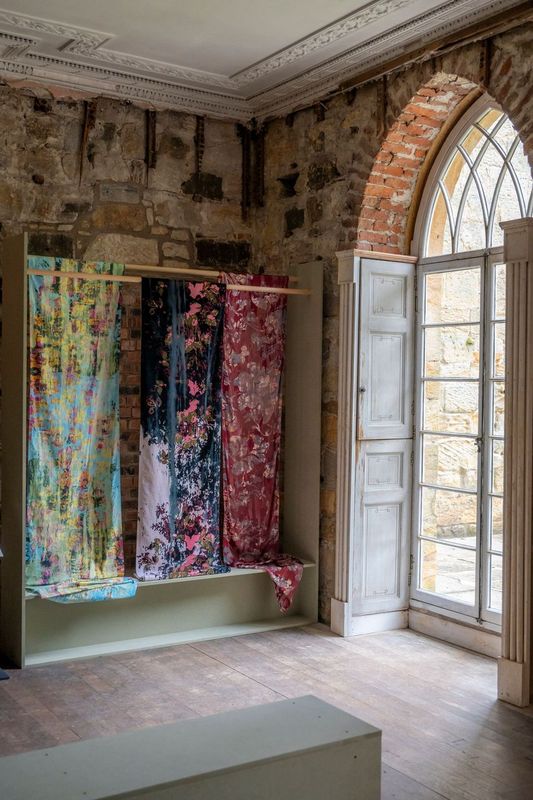
A chess-like board game featuring Henry VIII and Cardinal Wolsey refers to The Dissolution of the monasteries, which spelled the end for the Augustinian order at Brinkburn. It was created by Tim Ingleby, assistant professor in the Department of Architecture at Northumbria University.
Ben Couture, assistant professor in architecture, and co-curator of the exhibition, created a yellow bench that invites visitors to contemplate the view of the river from the former drawing room of the house.
Lesley-Anne Pace, a printmaking specialist, has combined digital and traditional techniques in her Wallpaper series. Each piece is inspired by the remnants of historically significant wallpapers found in the manor house.
Textiles also feature in the work of Kelly MacKinnon, Lesley McIntyre and Sebastian Messer, who collaborated in an installation of suspended textiles.
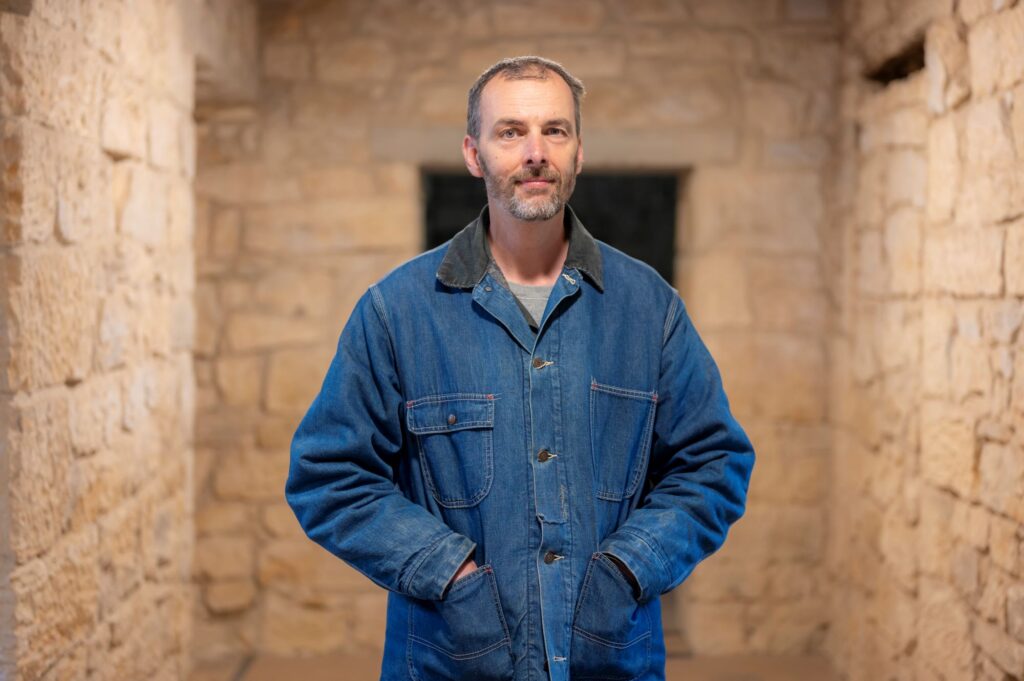
The fabric is dyed with a colour palette which is inspired by the flora and fauna in the valley and JMW Turner’s 1832 painting of Brinkburn Priory.
Frances McIntosh, curator at English Heritage said: “Brinkburn Manor House is like a blank canvas and exhibitions like this are a great way to use the space and allow visitors to think more deeply about the complicated layers of the building they can see.”
Brinkburn was a monastery of regular canons — priests who lived as a community following a monastic rule and timetable and was founded between 1130 and 1135.
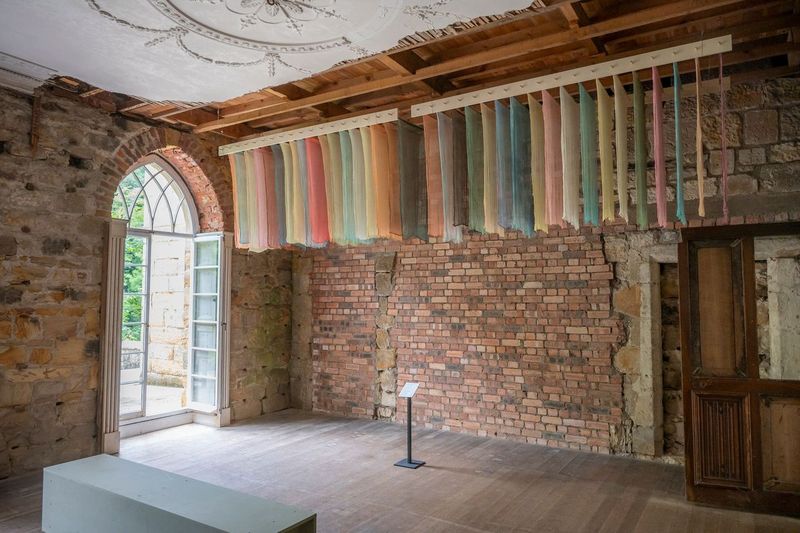
Wealthy benefactors made gifts to Brinkburn, and its estates expanded to include pasture, arable, woodland, fisheries, saltpans, a shop in the town of Corbridge and properties in Newcastle.
In 1315 the Scots sacked Brinkburn, forcing the canons to flee. ln 1484 a Scottish raiding party looted the monastery, carrying off its livestock.
After The Dissolution of the monasteries under Henry VIII the site was leased in 1538 to Cuthbert Carnaby.
